SWEDEN: Featured / updated
Update 2022-10-30: Southern Gotland by bike. A visit to the island of Gotland has been on my wishlist since ages, and finally, during a beautiful sunny week in late August I am here. Gotland is Sweden's largest island and it is an absolutely gorgeous place! And today we are going to do something different than usual. Normally you can see me writing about some of my many hikes in Sweden or abroad. But today we are taking a different mode of transportation: we are going on a bicycle trip!
Oh yes, my bum does hurt after bicycling roughly 45 kilometers, but it was absolutely worth it, as the day was just perfect!
Update 2022-10-01: Skaftö. One of our favourite spots to visit for a week during the spring, before the tourist season starts, is the West Coast of Sweden. I think this is my seventh visit to this part of Sweden, quite remarkable as I hardly ever revisit a place! I often squeeze in some all-time favourites during these visits, but I also try to discover new places. And although I have been to the cute villages of Fiskebäckskil and Grundsund before, I had never hiked the coastal stretch between the two, until today. And it didn't disappoint! A very varied hiking trail and always a pleasure to walk through picturesque Grundsund.
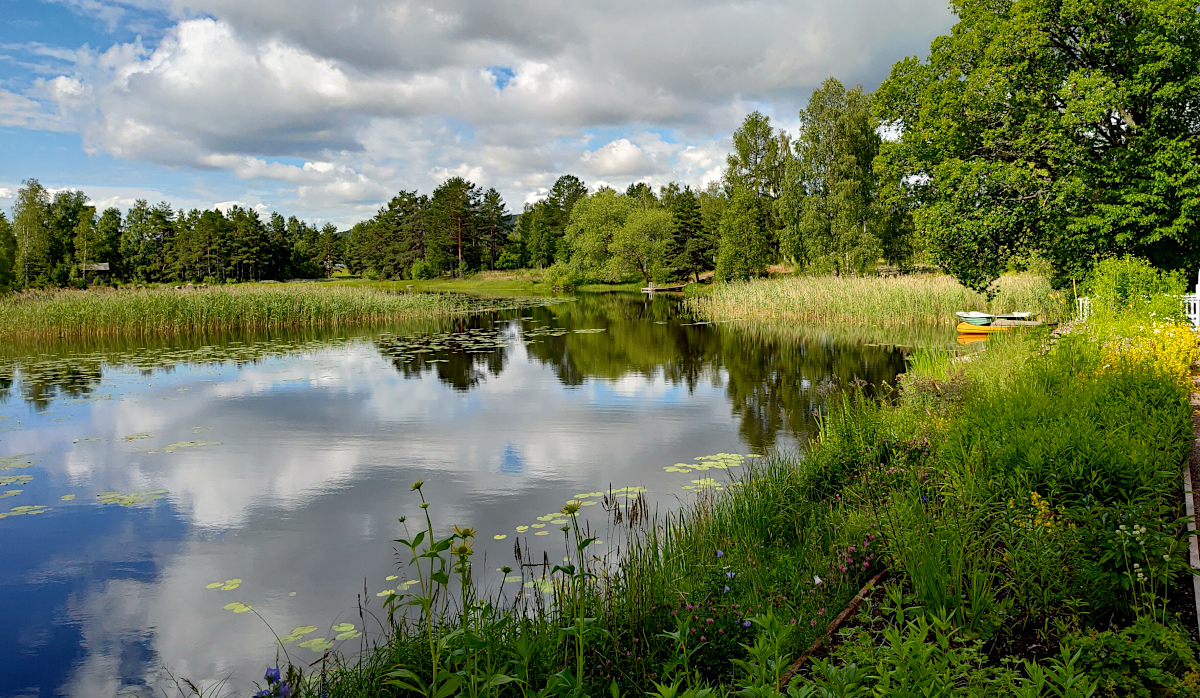
Update 2021-03-07:"Be welcome dear you, to Carl Larsson and his wife!" These are the words written above the entrance to Carl and Karin Larsson's beloved 'Lilla Hyttnäs' house in Sundborn, just outside Falun. And this little line of words gives a hint of the quirkiness and character of the interior of this house.
To be honest, I didn't have any high expectations at all for this visit to Sundborn and Lilla Hyttnäs, home to these two famous Swedish artists. Åke really wanted to go. But myself, not orginally being from Sweden, had no real attachement to these artists and their history. But as soon as I walked through this door it all changed; what an amazing and surprising place! And the story of their lives really touched me deeply.
Update 2020-08-09: Barsta Chapel An absolute wonderful surprise. I had no idea about this little chapel located at the coast. From the outside quite modest, but on the inside.... wow! So unexpected and unique.
This picturesque little chapel dates back to 1665 and it is the only one in this area that has been preserved in its original condition. The most striking part are the paintings on the ceilings, made by Roland Johansson-Öberg born in Sörbyn on northern Ulvön. Simple but colourful against the white ceilings of the chapel. I almost skipped visiting the chapel as it was looking so bland on the outside. But a rainy day made us go here, and I am so happy that I did! One of the most fascinating chapels I have ever seen, absolutely worth a visit.
Update 2020-08-01: Nipfjället located in the Idre area in Sweden. The "Round Nipfjället" hike is our aim for today, a very much longed after hike, where we get the chance to absorb some of that wonderful atmosphere of the Swedish Mountains.
And during our hike we spot some reindeers. And when you spot one reindeer, be prepared to see more; many many more! The reindeer were not only in the valley below us, but seemed to come from all directions, running past us in front and behind. Such a fun sight to see! So we just stood there for quite a while, taking in the surrounding landscape with its reindeer that consider these mountains as their home.
Update 2020-07-10:Strange isn't it how long it sometimes takes before you visit a place, especially when it is 'just around the corner'. I pass the Vallby Open Air Museum almost daily while commuting to work. All I need to do is take a few exits earlier from the main road to get here. But, now don't laugh, it has taken me over 15 years before my first visit! But it certainly will not be the last :-)
It is one of Swedish biggest Open Air Museums and there are around 40 historical buildings here. It all started in 1921 when the museum was founded to present a picture of how life was like in the county of Västmanland in Sweden.
Update 2020-06-29:Ready to put your hiking shoes on? Ok, then let's go! Today we are off to an area a bit to the north of us in the country of Västmanland. It is a nature reserve called Stingsmossen, close to the town of Surahammar (about 25 km northwest of the city of Västerås). A spontaneous trip that turned out inte a gorgeous 12 km hike through an area with 200 year old pines, and passing two large marsh areas: Rövallsmossen and Stingsmossen.
Update 2020-06-20:The Häljesta Rock Carvings are less than an hours drive from my home, but I had actually never heard of them before, until this sunny day in June 2020. But I am glad I stumbled upon them, as they are rather special!
Häljesta is the largest known rock carving area in Västmanland and also one of the largest in the Mälaren area. On these two rocks you can see around 550 figures, including ships, human figures, ring figures, animal figures, grids and 239 cup and ring mark. The rock carvings originate from the Bronze Age (1500 - 500 Before Christ).
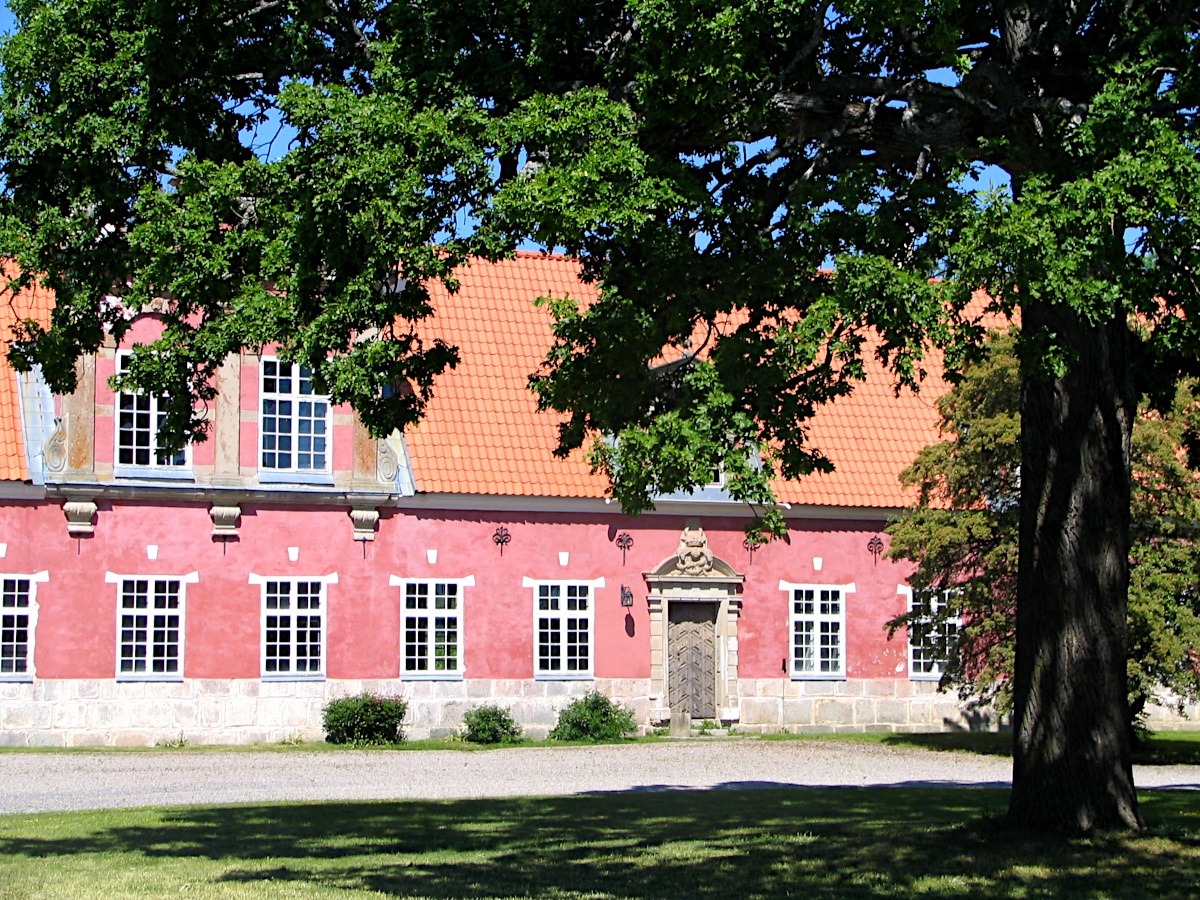
Update 2019-10-20: Fiholm Manor. My first ever trip to Fiholm was not long after I moved to Sweden, when my husband and perfect local guide, dragged me along a bicycle trip, showing me some of the more unknown places in the area. It was a great bicycling along winding country roads, through fields that were almost ready for harvesting, and racing with my bike up and down the hills. Striking at Fiholm are the vibrant colours of the two wings, one being in a tone of terracotta / orange, and the other in a pink tone, matching perfectly with the roses and the Clematis flowers in the garden.
SWEDEN: Content

Sverige / Sweden has 25 provinces; and travelling from south to north you will travel through a variety of landscapes, which is not surprising given that Sweden is 1600 km in length! From east to west the distance is 500 km at its most.
Starting in the south, in the province of Skåne, the landscape is flat and fertile and the landscape personally reminds me a bit of my former home country of The Netherlands. Småland in the south-east is where you will find endless deep forests. Bohuslän, in the west, is one of my favourite early summer destinations, and it has a beautiful rocky coastline. Continueing slowly upwards you will cross Södermanland and Uppland, a mildly hilly landscape, but they share a beautiful archipelago.
Further north the landscape changes to the gentle mountains of Jämtland. And at the very north of the country are the high peaks of Lapland, where you will find Swedens highest mountain: Kebnekaise at 2,111 metres in height. Lapland, with its amazing National Parks, is excellent for multi-day hiking trips. This is also where you can experience the mesmerizing midnight-sun, something that never seizes to amaze me.
My list would not be complete without mentioning the landscape of the islands of Öland and Gotland, located in the Baltic Sea (Östersjön).
I am using a map to show you regions of Sweden, which often include several provinces / counties. These regions are rough areas, but I find them a good way to describe the different parts of Sweden (going from south to north). I have been to quite a few of the places mentioned, however not to all of them yet! They are still on my personal to-do-list, which I have put together with help of books, the internet and my own Sweden guide and husband Åke.
A short intro to Southern Sweden
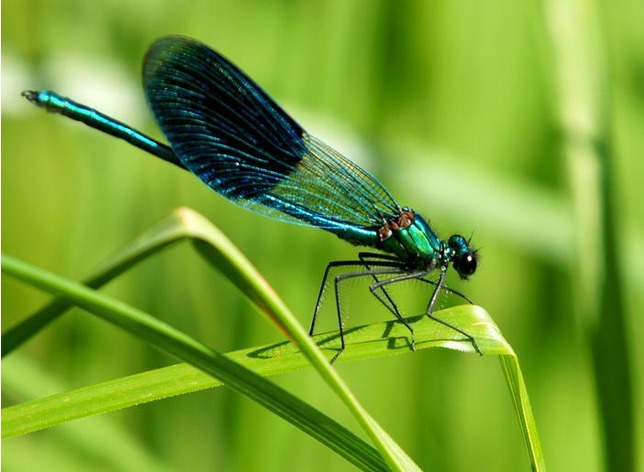
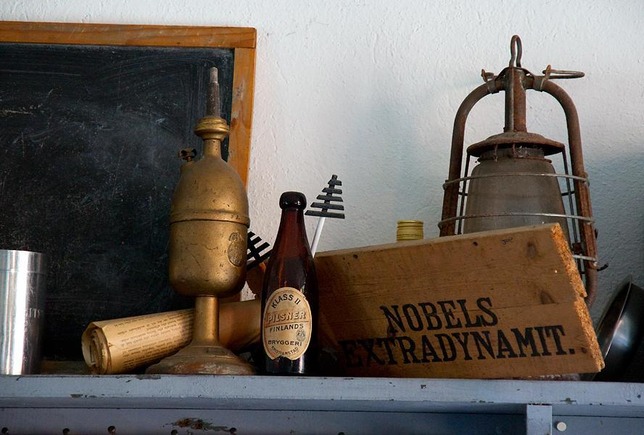
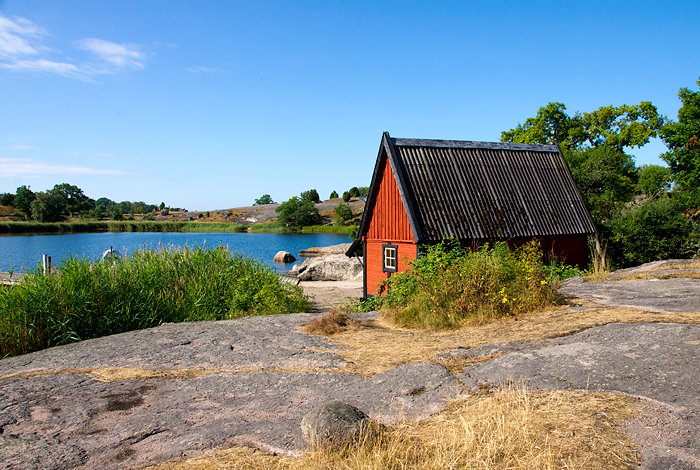
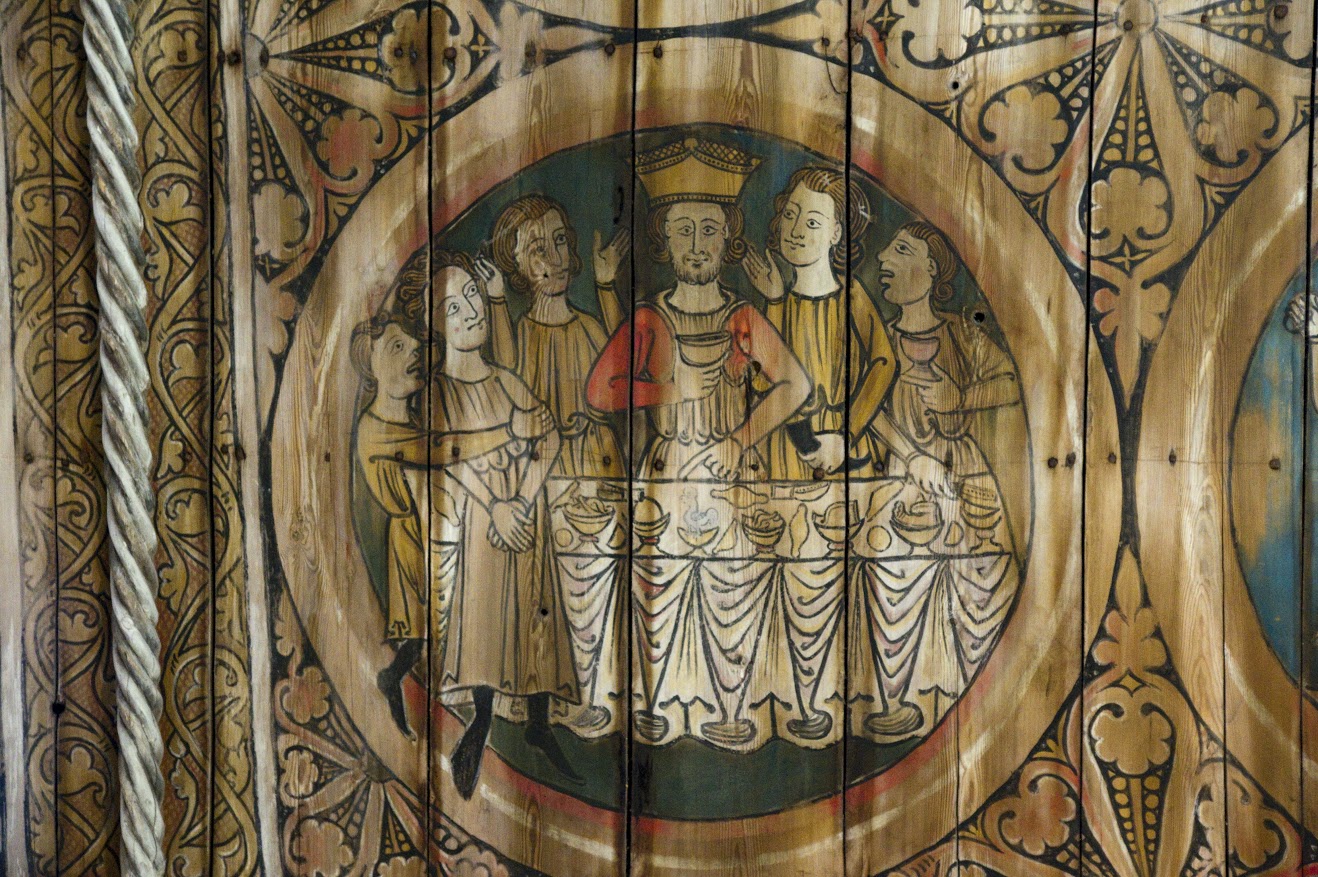
Area: Province of Skåne and Blekinge.
The very south of Sweden, with the provinces of Skåne and Blekinge, is actually the part of Sweden that I have visited the least so far. Skåne, that has belonged to Denmark for many periods, has a rather flat landscape with large plains in the south and west and forests in north and east. The flat and fertile landscape personally reminds me a bit of my former home country of The Netherlands.
Skåne has many soft ridges and also long sandy beaches, and is a very popular tourist destination in the summer for the Swedes. The typical alleys of willow-trees that are seen everywhere close to the farmhouses, has a historical background. They were planted by order of the King in 1643 to prevent erosion of the soil.
The province of Blekinge, that also for many periods has belonged to Denmark, has a dramatic archipelago and has for centuries been the Naval Defence Port.
Interesting points to see in the area are:
• Falsterbo: the most southwest part of Sweden. It has long sand dunes and around the lighthouse a beautiful golf course.
• Kivik: an area with lots of orchards (especially apples), but also has a famous market (end of July).
• Kullens lighthouse and Kullaberg nature reservation.
• The National Parks: of Stenshuvud, Dalby Söderskog and Söderåsen.
• Castles: Southern Sweden, together with area around Lake Mälaren, are the regions with the most castles in Sweden. Most of these castles are from 13th to 16th century. And I love castles, as you might have noticed, so these are must-visits for me :-)
• The naval town of Ronneby with Ronneby Brunn (=spring)
• The naval town of Karlskrona (on the UNESCO list of world heritage site)
• Tjärö Island: beautiful island owned by the STF Swedish Tourist Association. Village and Hostels with well kept buildings and landscape from 17th century.
• Ebbamåla Bruk Totally of the beaten path, but I had a wonderful time here, lazying at the side of the river "Mörrumsån", and enjoying its industrial museum. The museum is maybe the best preserved and most complete engineering industry from the industrial revolution in 1850-1950 remaining in this area.
• Ales stenar (Ale's Stones): A stone ship, oval in outline, 67 m long and made with 59 large boulders. It was probably created towards the end of the Nordic Iron Age (1400 years ago).

A short intro to the area of the West Coast
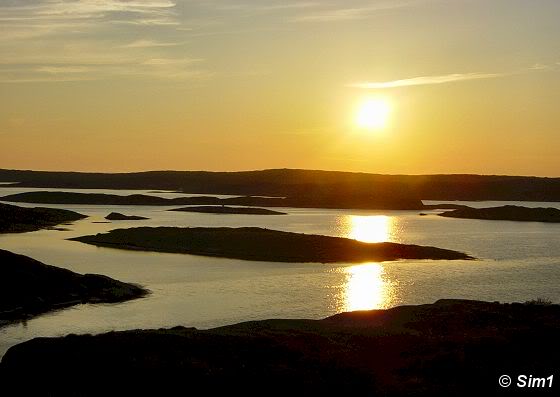
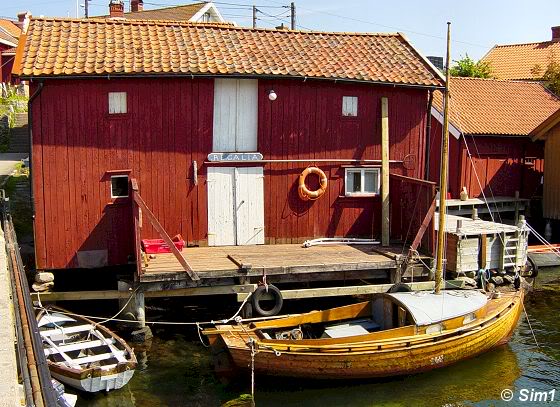
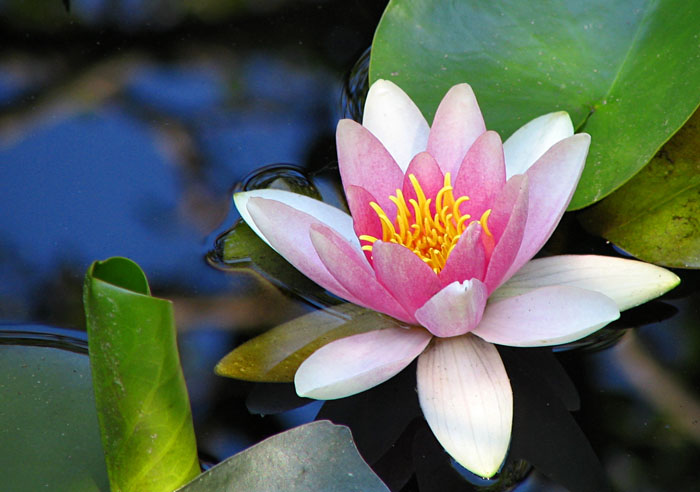
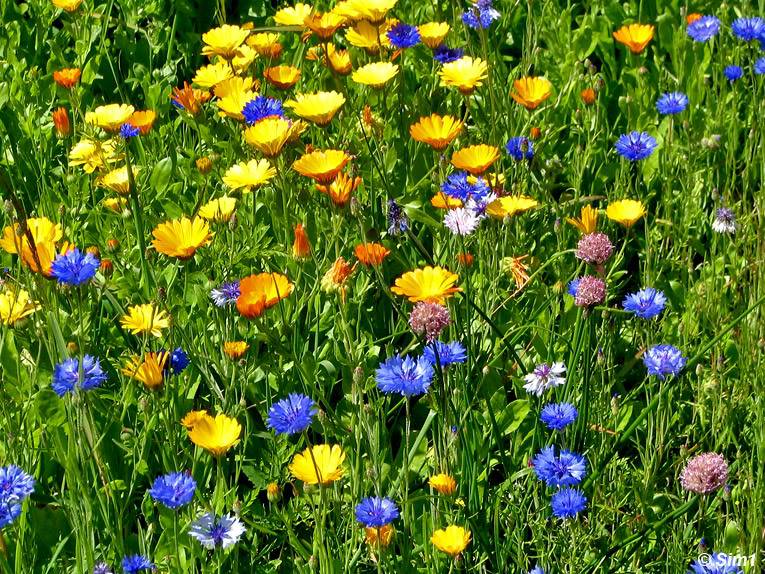
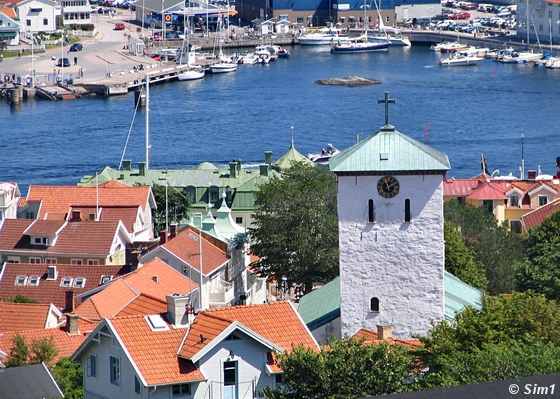
Area: Provinces of Bohuslän and Halland
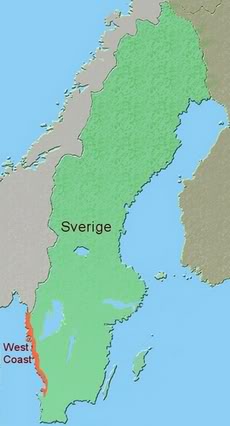
The landscapes of the Västkusten (the West Coast) have been formed by the Inland Ice. Inland Ice is the name for the glacier ice that has been covering northern Europe during 100.000 of years, and nowadays only present in Greenland and Antarctica. The ice has scraped the surface and grinded the landscape into smooth bare rocks. The (at times) wild sea has helped to wash the rocks clean. Inner parts of the provinces have lots of forests of birch and aspen.
This part of Sweden is a favourite part of mine to visit during late spring / early summer, and I have been here many times. I try to visit before the tourist season starts (end of June) when the area starts to get flooded with visitors. Sitting on these bare rocks in the evening, overlooking the calm sea, while eating fresh sweet strawberries and sipping a glass of wine. The eyes are treated on a beautiful view of the sun slowly setting behind the horizon in an array of colours ranging from orange to red. Life doesn't get any better than small enjoyable moments like this :-)
Interesting points to see in the area are:
• Stocken: small fishing village on the northwest coast of Orust (Island north of Göteborg). A little village that I've often used as the place to stay during my visits of the West Coast.
• Mollösund and Hälleviksstrand: two small picturesque villages at Orust Island.
• Käringön: Small island outside Stocken, and a favourite place of mine.
• Gullholmen: Another favourite; oldest fishing village in Sweden, 11th century. Very picturesque.
• Flatön: small island north east of Stocken known from lyrics by Evert Taube (the in Sweden well known and loved song writer).
• Smögen: A very popular fishing village with the tourists that ten doubles its inhabitants in summer.
• The beautiful island of Marstrand with its historic Carlsten Fortress
• Tanum: Rock carvings, on the UNESCO list of World Heritage Sites.
• Koster Islands: Swedish most westerly islands with unusual nature, and recently has become a National Park
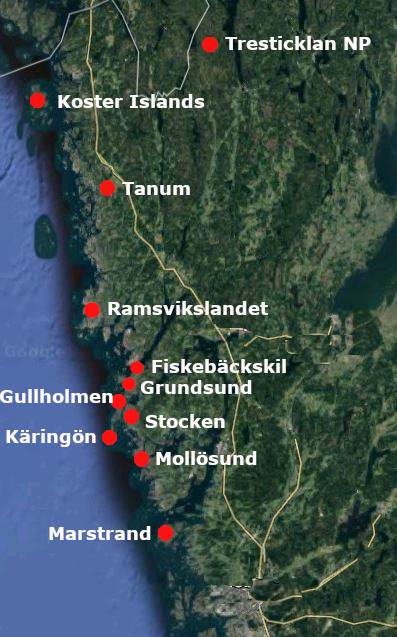
A short intro to the area around the Big Lakes
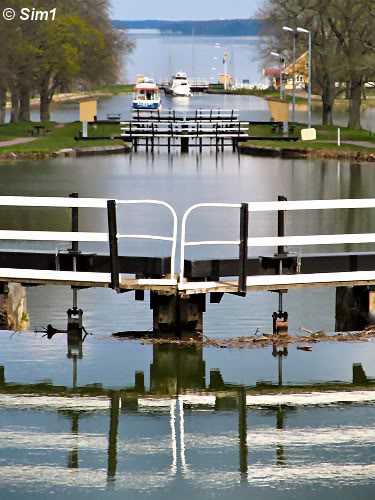
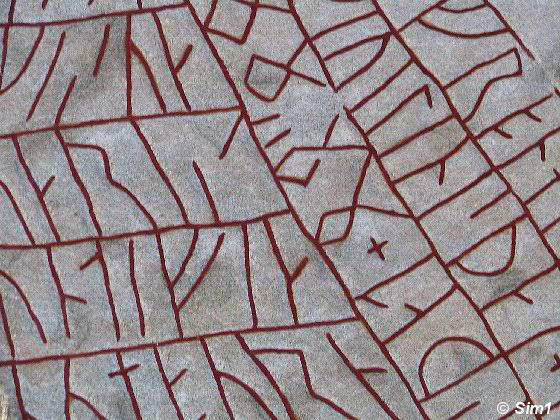
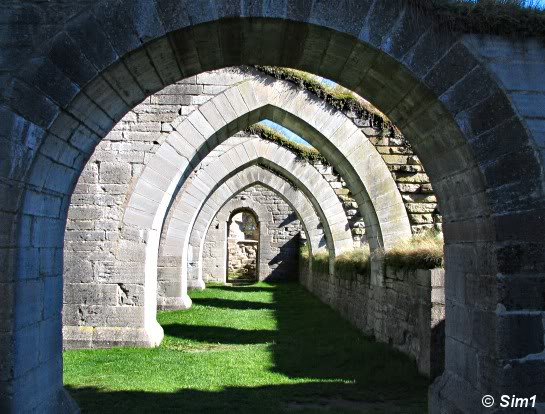
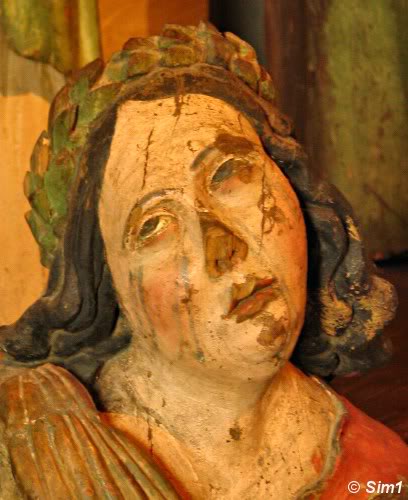
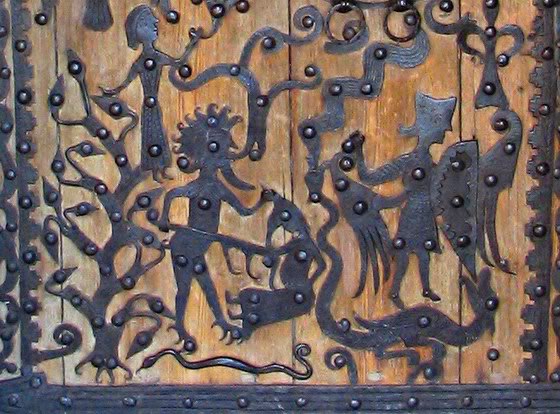
Area: The Lakes of Vänern and Vättern and the area surrounding them.
This area contains a lot of historical landmark but also different landscapes. The deep and dark forest of Tiveden was for long a time a forest you would keep away from, due to pirates, thieves, trolls and other dangerous creatures. In the old days this was described as the border to the wild and unreliably people of the north. Nowadays it is a National Park and a great place to enjoy nature and go for a hike.
The area around Lake Vättern also has a lot of important historical sites like Alvastra Kloster, Visingsö and Vadstena. Göta Kanal the long waterway through Sweden with lots of channels and locks uses both of the lakes.
Interesting points to see in the area are:
• Vadstena: A beautiful little town with lots of history. Kungsgården for example which is the oldest preserved Royal building in Sweden, from the 11th century. You can also visit the impressive looking Vadstena Castle.
• Alvastra kloster: Monastery founded by the only Swedish saint Birgitta.
• Omberg: With remarkably nature and nice view from tower at the top.
• Husaby church: With its triple turret tower and ceiling paintings from the 1300s.
• Tåkern: The most important bird reserve of Sweden.
• The National Parks of: Djurö (in Lake Vänern), Tiveden and Tresticklan.
• Göta Kanal: the channel waterway across Sweden at Motala - Borensberg.
• Vreta Kloster: A beautiful monastery.
• Kaga: a lovely little church known for its beautiful frescos.
• Gränna: with the Polkagrisar (typical Swedish red and white twisted candy).
• Rök: Swedens most famous Rune Stone.
• Rogslösa: With a door like you have never seen before.
The ruins of Brahehus
• Visingsö: An island with a history. Location of the first Royal Castle.
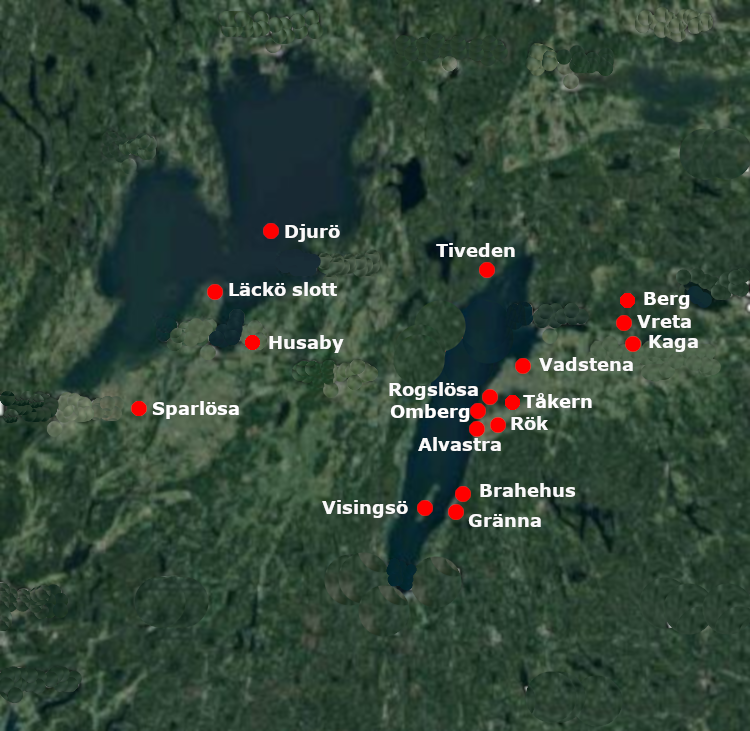
A short intro to the East Coast and the Kingdom of Glass
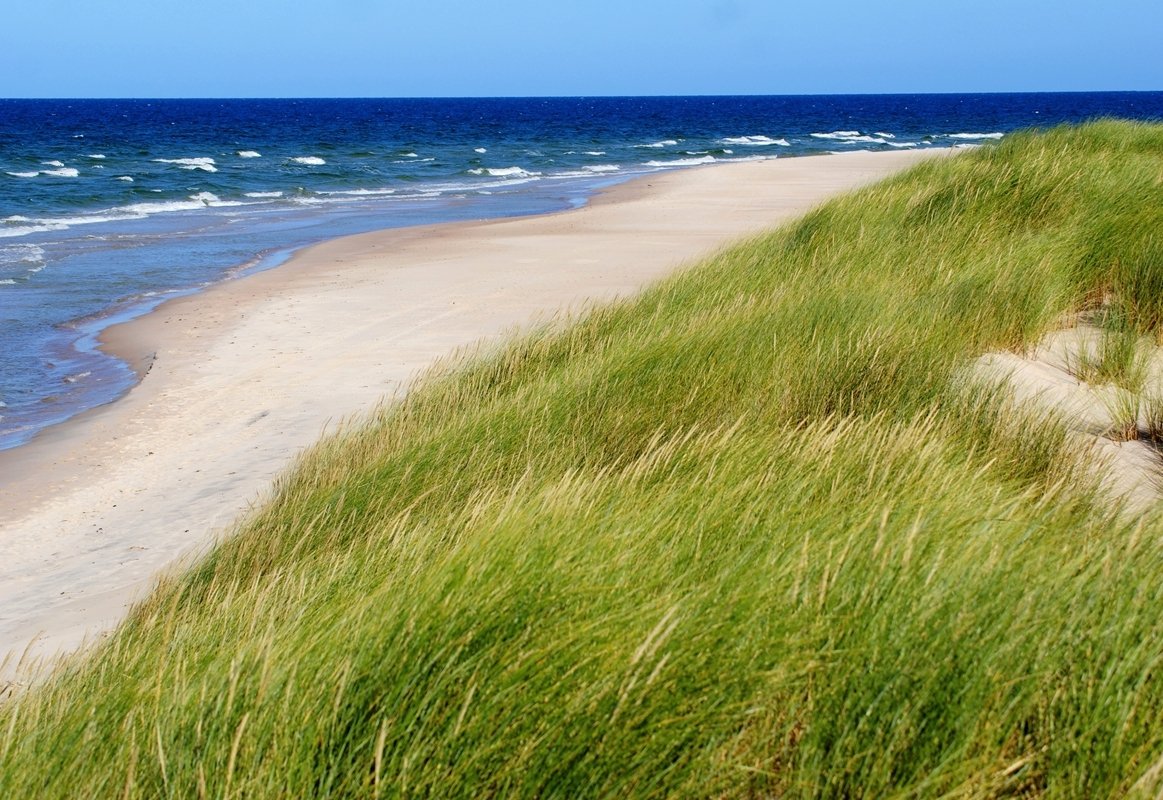
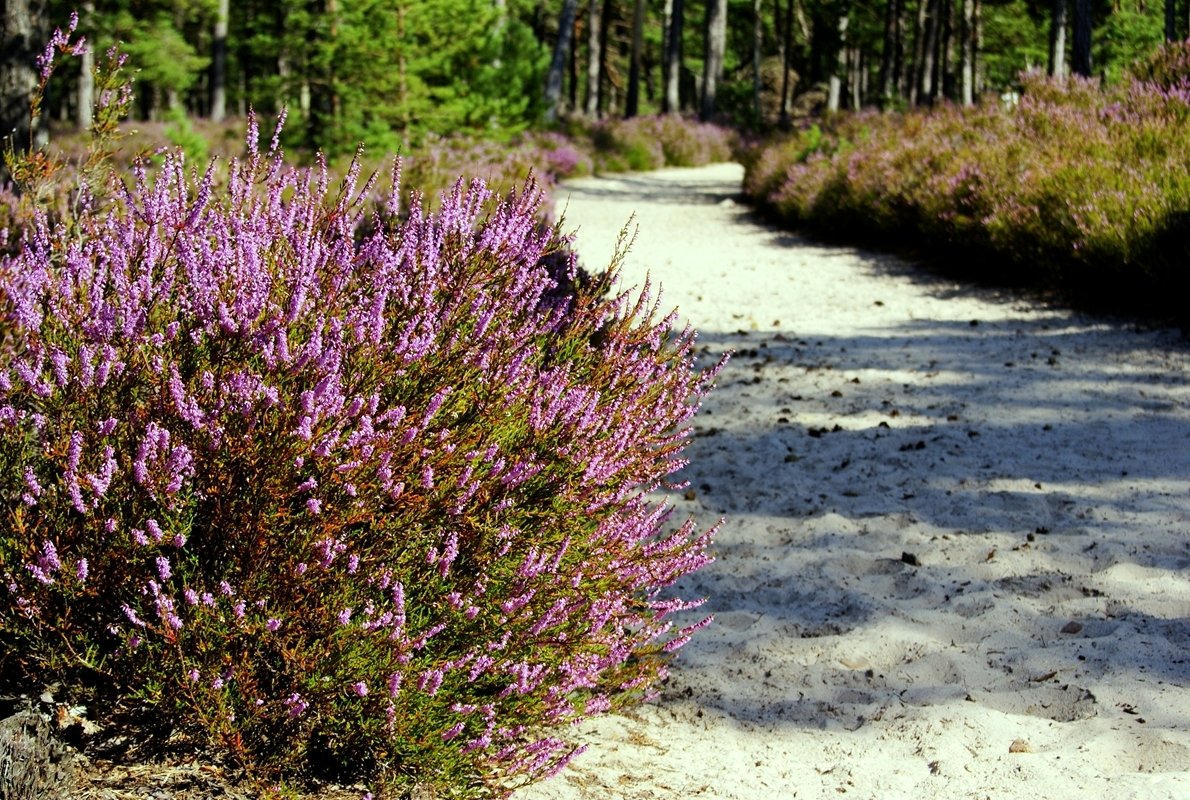
Area: The islands of Öland and Gotland on the East Coast, together with the area around Växjö; in middle of province Småland (generally called Glasriket or Kingdom of Glass).
The Islands of Öland and Gotland have the best summer weather in Sweden, sunny but not too hot due to a nice sea breeze. Öland you reach by a 6 km long bridge, Gotland by a ferry. Both islands have a unique and different flora and fauna compared to the mainland because of their limestone surface. Both also have a lot of historical memories. Visby, the "Capital" on Gotland has so many that the whole city is on the UNESCO World Heritage list. And I can only agree; this town is really something special!
Tip: Buy strawberries before you leave Öland, it is said that they are particularly sweet and good here :-)
Glasriket/Kingdom of Glass: Glassblowing was introduced in Sweden 1556, by the king Gustav Vasa. He brought the best glassblower of that time - a Venetian - here. Since then almost 200 small glass industries has been established in Sweden, half of them in the southeast corner of county of Småland. Nowadays there are around 15 left and some have merged to bigger companies of course. Kosta Boda is the largest and has incorporated the famous Orrefors Company also. Orrefors had a big epoch with the designer Simon Gate and Edward Hall in beginning of 20th century. Still you can find extraordinary glass art here.
Tip: If you like hand-blown glass like me, go to the "Factory Shop" and buy second quality. You can't tell the different from first class and the price is less then half.
Interesting points to see in the area are:
• Blå Jungfrun National Park.
• At Gotland there are 92 churches!! But the amazing part is that every one of them is built before 1350 AD on an island of only 3160 km2 ! I've visited a few of them and they were quite special.
• Visby, medieval city and a highlight of my visit to Gotland.
• Fårö, island north of the big island of Gotland, worth taking the ferry over!
• Gotska Sandön, island far north of the big island of Gotland. Not easy to visit, so plan ahead. Breathtaking tranquile island and National Park.
• Borgholm (Öland) and the castle ruin.
• Eketorp Fornborg, extraordinary well kept museum in a fortification inhabited 300-1300.
• Lighthouse Långe Jan at south end of island. Bird sanctuary and Nature reserve.
• At the Kingdom of Glass: Kosta-Boda, Glass ware.
• Skruf, Glass ware in the village av Skruv
• Lessebo, Three hundred years old factory making paper by hand, open to tourists.
• Dadesjö Church
• Norra Kvill National Park, With the largest oak tree in Sweden.
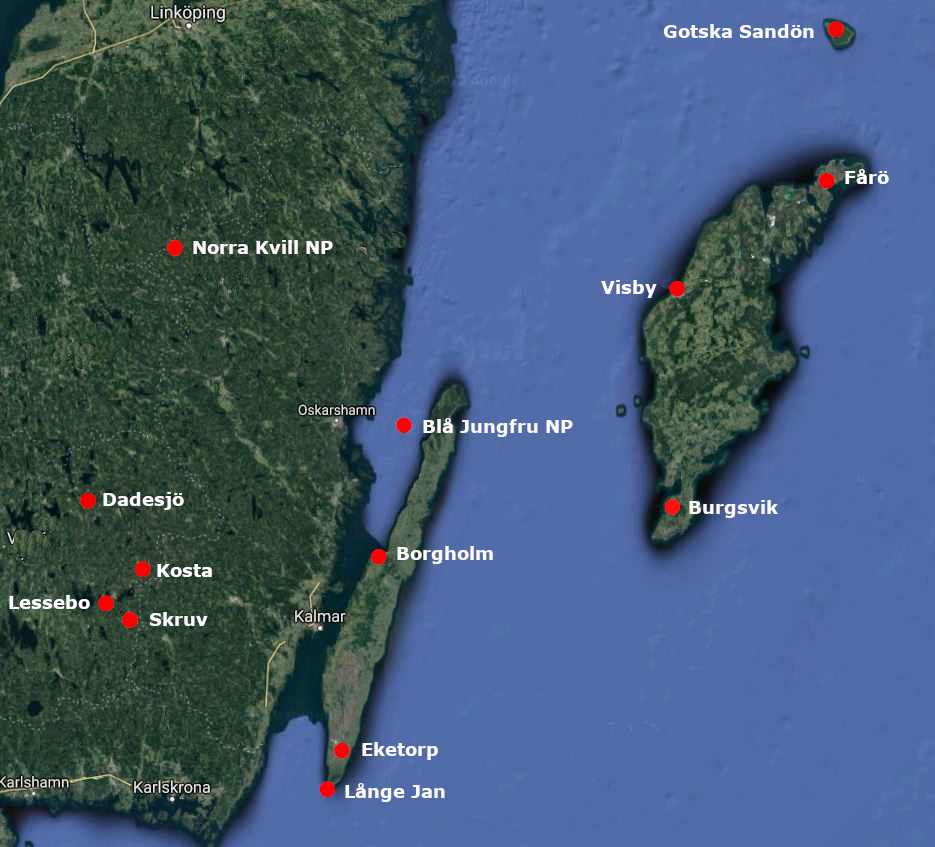
A short intro to the Lake Mälaren area
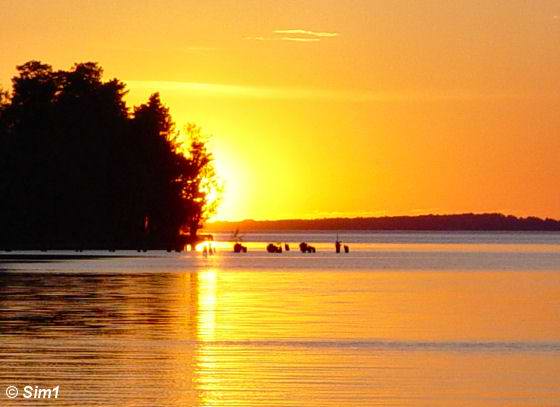
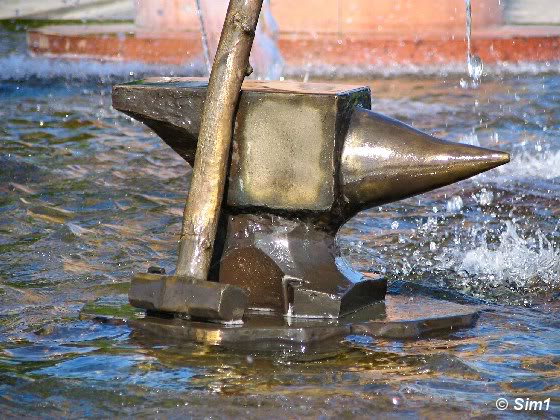
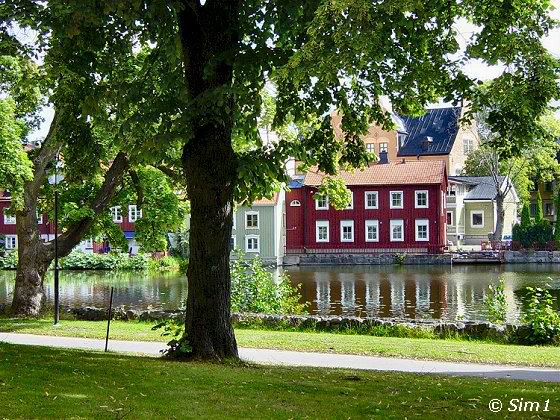
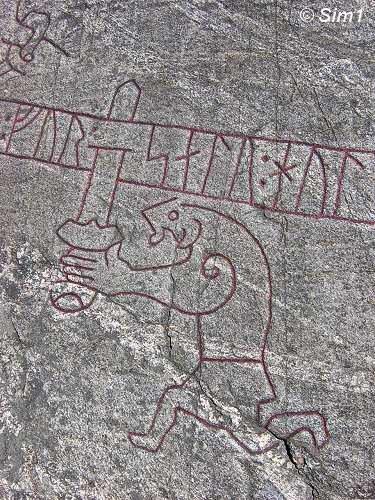
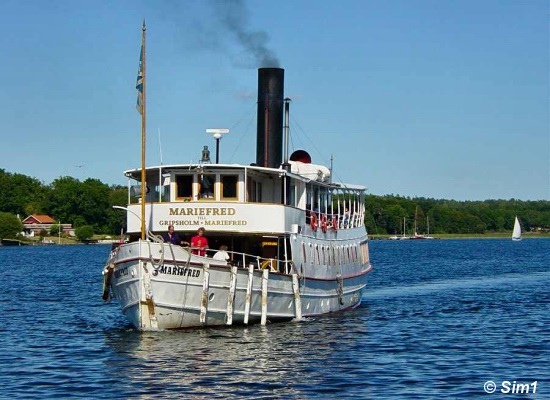
Area: The Lake Mälaren and the close area around it.
Mälaren is the third in size lake in Sweden and the area I call my home. It has a climate quiet different compared to other close by areas. It is more humid and warmer in the summer, but not as cold in the winter. This has created a specific flora and also a special fauna. Several species of flowers and trees only grow around Lake Mälaren and in the south of Sweden. The mistletoe for instance is rather rare in Sweden but we can see dozens of them from our window.
Many fortifications and castles have been built around the lake. You can for instance visit 5 Royal Castles by boat on a 6-hour trip roundtrip from Stockholm. This building of fortification and permanent settlements began early, around 5000 BC, and there are many fort hills and archeologically sites around.
Everyone has probably heard about the Vikings, and you can still find lots about them in this area. I live only a 10 minutes walk from a very important Viking monument: The Sigurdsristningen. Being so close to a site like this makes me feel in touch with this part of Swedish history and has made me fascinated by the early history of Sweden. Around Lake Mälaren there are many spots where you can find signs of early culture, like in Birka and Sigtuna. Along the roads you can see a lot of Runic Stones.
Interesting points to see in the area are:
• Anundshög: old burial mounds from Viking Age.
• Birka: ruins from old capital city of Sweden.
• Mariefred with Gripsholm Castle. A picturesque village and a beautiful castle. In the castle is also the Swedish National Portrait Collection.
• Sundbyholm with Sundyholms Castle and the famous stone carvings from the time of the Vikings: Sigurdsristningen.
• Eskilstuna is not a real tourist destination, but it has some nice places. My favourite of all is the Fors Kyrka (Fors Church). Also worth visiting is the Klosterkyrka, sculpture 'Hand of God' by Miles, the historic area of "Rademachersmedjorna" and the museum "Faktorimuseet".
• Häljesta Rock Carvings: the largest known rock carving area in the county of Västmanland with around 550 figures, originating from the Bronze Age ( 1500 - 500 Before Christ). Totally off-the-beaten-path.
• Härkeberga Church: famous for its well-preserved frescos by Albertus Picto from around 1480.
• Taxinge slott: Get a taste of the typical Swedish Christmas celebrations at the yearly Christmas market at Taxinge Slott. The castle is also famous for its cakes :-)
• Engsö Castle A haunted castle from the 15th century and one of the many smaller castles in this area.
• Strängnäs one of Sweden's oldest towns. The highlight of this city is its beautiful cathedral.
• Västerås: is one of the top 10 largest cities of Sweden. Suggestions: visit the park (Djäkneberget), interesting for the many boulders with inscriptions. The old part of town with historical houses at Kyrkbacken and the Cathedral. And don't forget to visit the Vallby Open Air Museum, one of the largest of its kind in Sweden, with around 40 historical buildings from the county of Västmanland.
• Örebro is an university city and the 7th largest city in Sweden. Places to see are castle from the 13th century and Wadköping, which is the old town and now open air museum.
• Garpytthan National Park
• Engelsberg Ironworks is a Unesco site and a wonderful museum to visit. This site is the best-preserved and most complete example of Swedish ironworks from the 17th and 18th centuries.
A short intro to the Stockholm area
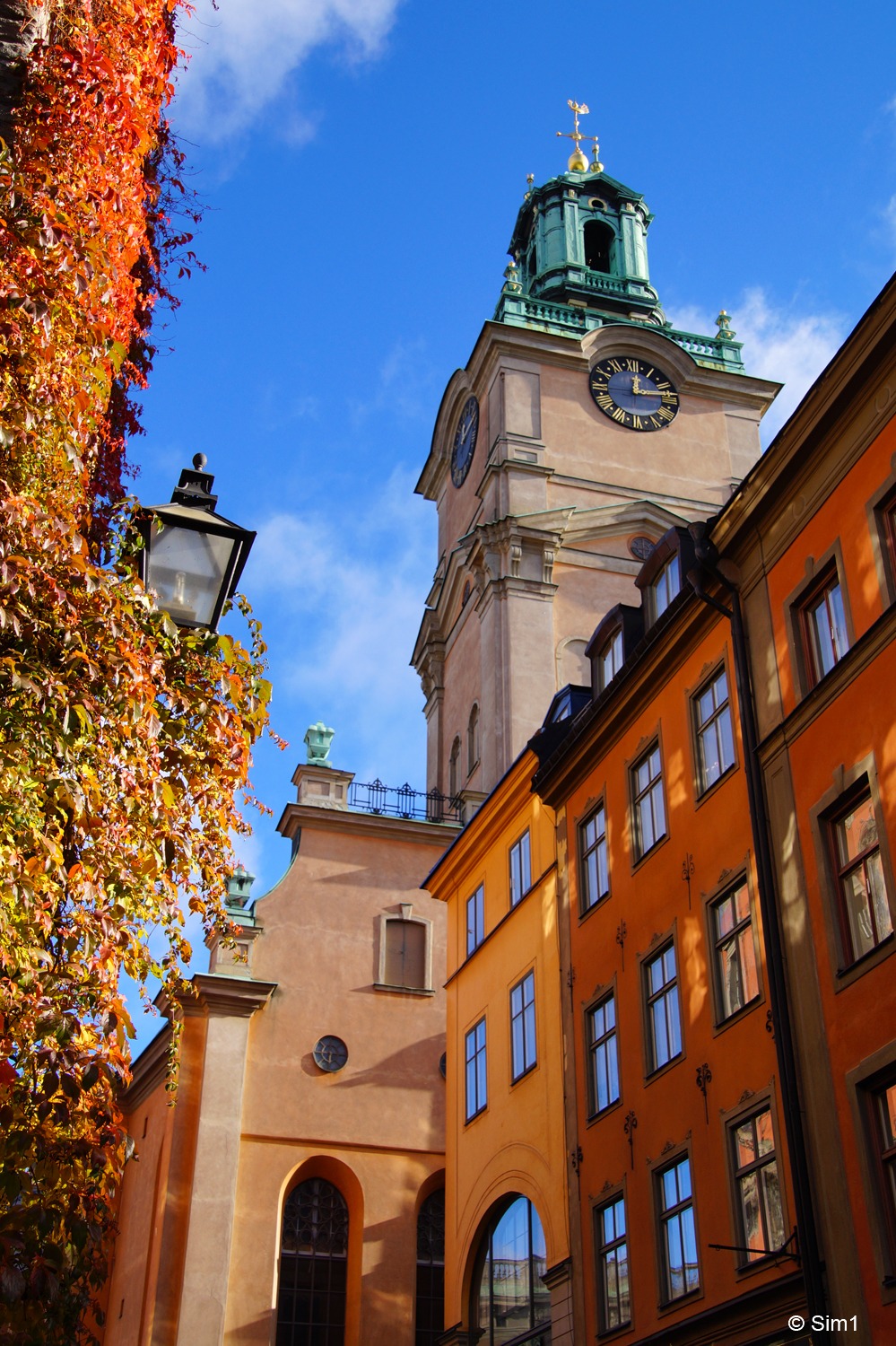
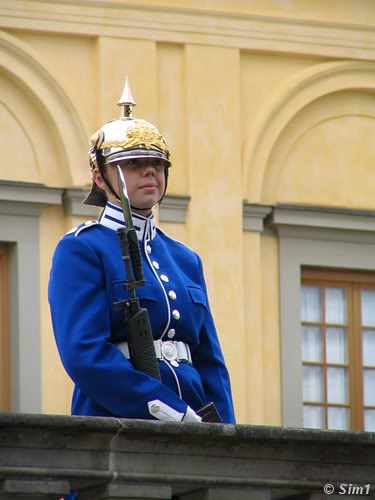
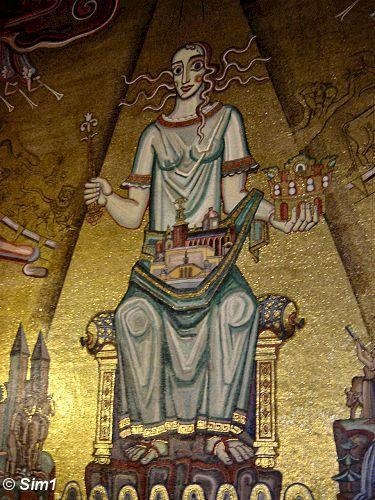
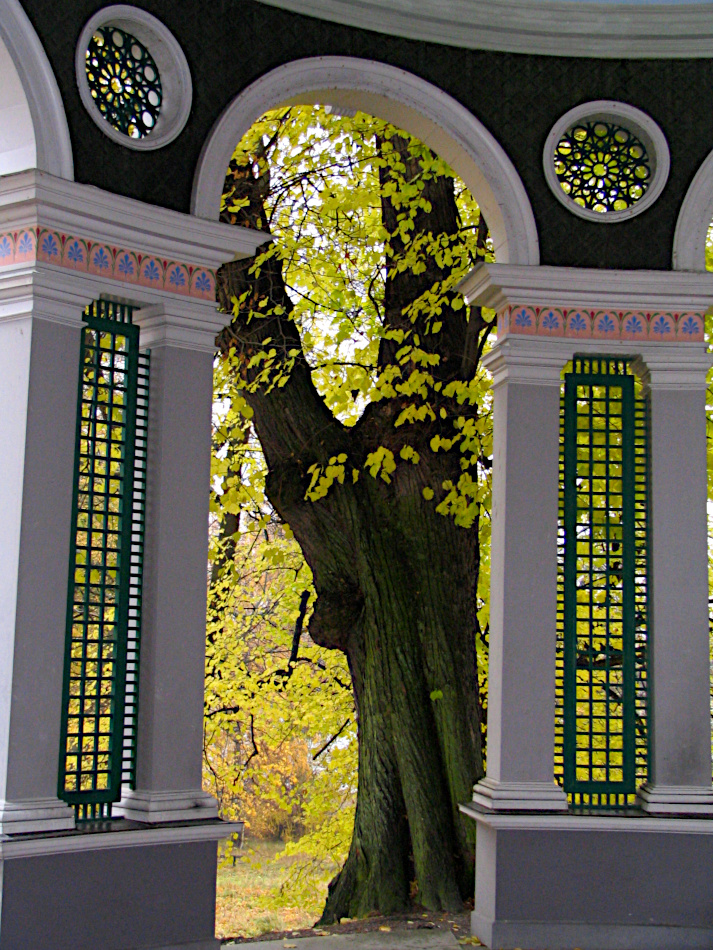
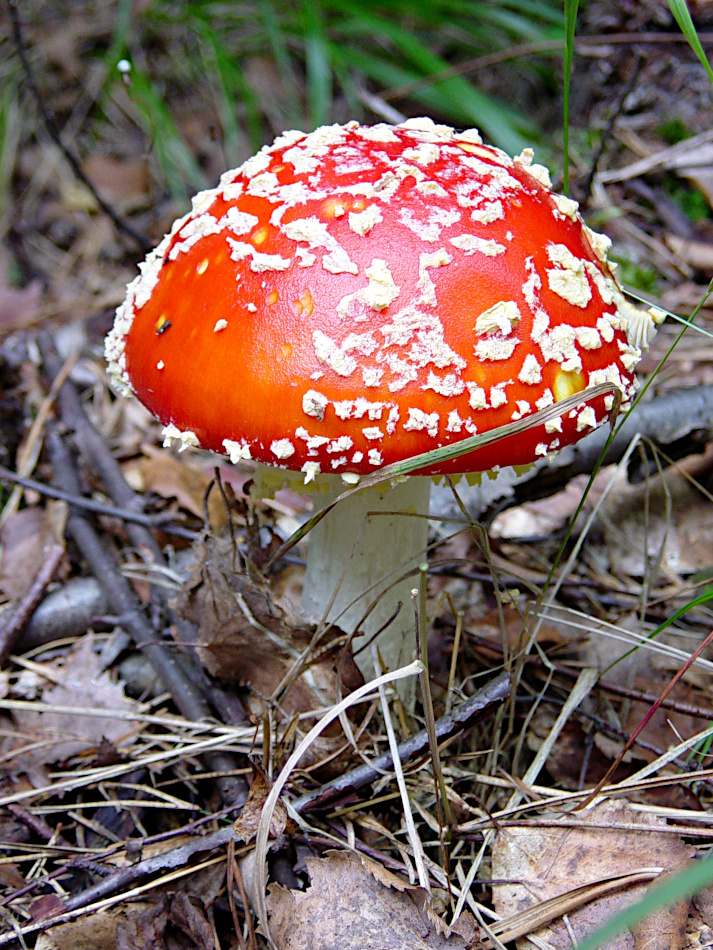
Area: City of Stockholm, Uppland, and the archipelago outside the provinces of Södermanland and Uppland.
Interesting points to see in the area are:
| • Gamla Stan & Riddarholmen | |
| • Stockholm City and Östermalm | |
| • Stadshuset (City Hall) and its surrounding area (Kungsholmen) | |
| • Skeppsholmen | |
| • Djurgården & Ladugårdsgärdet | |
| • Södermalm | |
• The Stockholm Archipelago
• Sigtuna: old city with lots of historical background.
• Sko Kloster: one of the most popular castles with a huge collections of painting, furniture and arms. The latter is one of the largest in Europe.
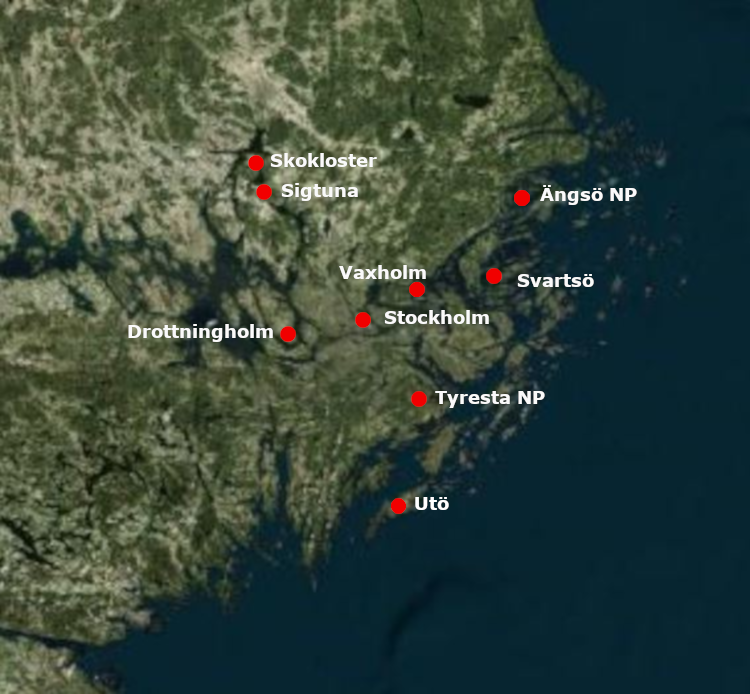
A short intro to the Central Part of Sweden
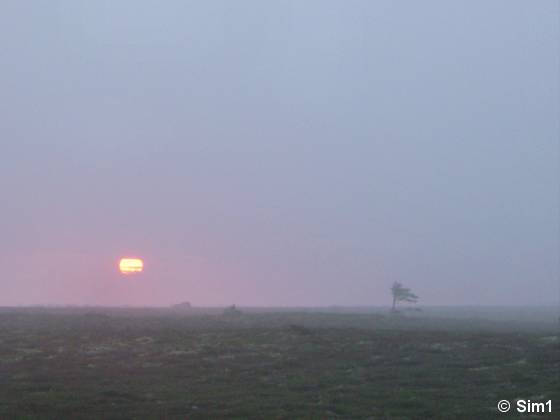
Area: Roughly said: the province of Dalarna and northwards untill the border of Västerbotten.
Dalarna is a county full of historical traditions, more numerous and stronger traditions then in many other part of the country. Here the Swedes go when they want to se a "real" midsummer-feast or enjoy truly genuine Swedish folklore and fiddler music. It is no coincidence that The Folklore Symbol of Sweden is a Dalahäst (= Dala Horse) and it is produced in Nusnäs in Dalarna.
The main important industrial factor in this region has for many centuries been the copper mine in Falun. The company "STORA", that is using the mine, is one of the oldest existing company in the world, at least from 1288. An interesting spin off product from the mine is the red paint. This was originally a "waste" and not thought about for hundreds of years. That colour "Falu rödfärg" (Falu red paint) is now by far the most used colour on houses throughout Sweden and has become a national symbol. Because of the high concentration of certain ingredients, the colour is a good conservator. And it is inexpensive! And as during 16th and 17th century red was seen as an "up class" colour, used only by the nobility, the country folk of course started to paint their huts and houses RED. Swedes are like that; they don't allow anyone to stick out too much ;-)
Interesting points to see in the area are:
• Falun Copper mine On the UNESCO list of World Heritage Sites.
• Lake Siljan area with the Carl Larsson Gården in Sundborn
• The High Coast: A beautiful stretch of coastal landscape, with a beautiful national park called Skulleskogen, and an unique area declared a UNESCO heritage site. After the last glaciation, the land has elevated a total of 800 metres. The land, previously weighed down under the weight of a glacier, lifts at rates that are among the highest in the world! And as a consequence islands appear and unite, peninsulas expand, and lakes evolve from bays and develop into marshes and peat fens. And walking around in the High Coast you can see a lot of evidence of this land rising, which makes hiking in this landscape fascinating.
• Sälen: winter ski resort and nice hiking area in summer.
• Färnebofjärden National Park
• Fulufjället National Park
• Hamra National Park
• Sonfjället National Park
• Töfsingdalen National Park
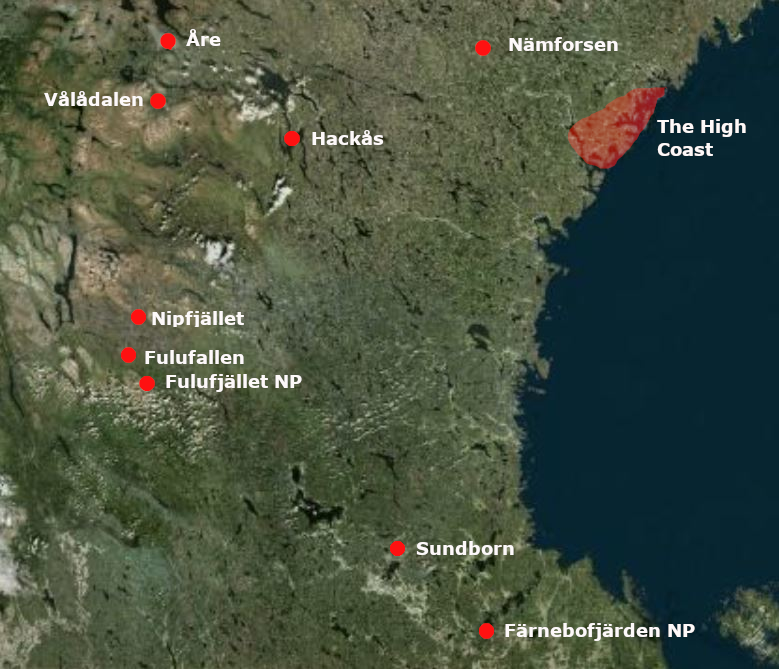
A short intro to Northern Sweden
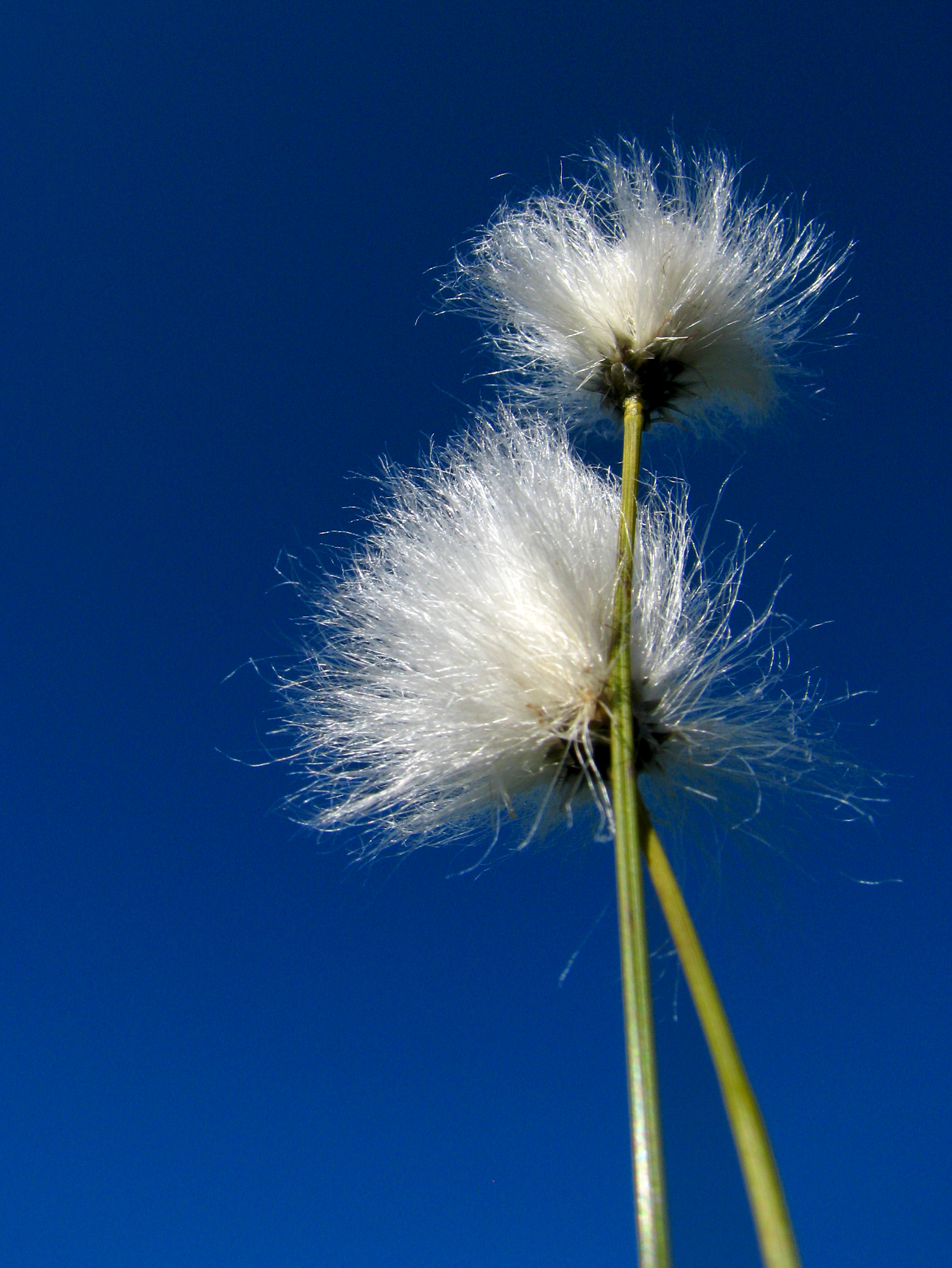
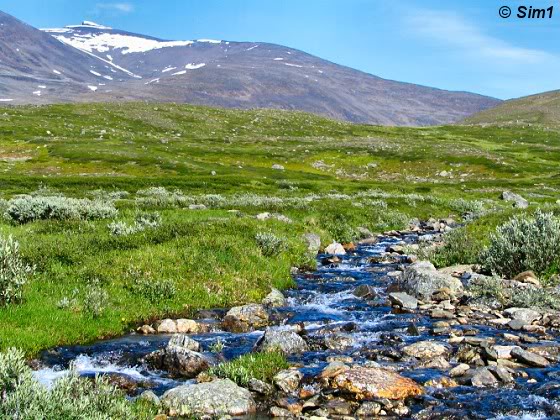
Area: Norrbottens Län and Västerbottens Län
The north of Sweden: the land of the midnight sun, and the amazing area of "Laponia", where 4 national parks are joined together to one huge area. Laponia is declared a World Heritage site thanks to its nature and the Sámi culture.
This wild unbroken continuous area of National Parks and Nature reserves is as big as 9400 km2. This is the last wilderness of Europe. Sarek National Park has not even hiking trails or huts. I just love to hike in this area, which is above the Polar Circle, often doing hikes from a week to 10 days. Putting up our little tent close to a lake or river for the night, after a day of hiking through amazing mountain landscape. No people in sight for kilometers and kilometers; your only neighbour might be a curious reindeer.
Kungsleden (= Kings trail) is the most known and the longest of the many hiking trails in Sweden. It starts in Abisko and goes in a southerly direction. It is passing thru Abisko National Park, Stora Sjöfallet National Park and then lingers on the border to Sarek National Park, continues further south, and the trail ends 450 km later. There are self-serviced mountain huts every 15-25 km at the trail. Good starting points for hiking are: Abisko, Ritsem and Jokkmokk.
The coast of the area of Norrland towards the Gulf of Bothnia is almost 400 km long. It is an outflow for many of the rivers - called Älv' - that transport the big amount of water from the Fjällen and the big "slopes" to the coast.
Interesting points to see in the area are:
| • The national parks of: | Abisko |
| Björnlandet | |
| Haparanda skärgård | |
| Muddus | |
| Pieljekaise | |
| Padjelanta | |
| Sarek | |
| Stora Sjöfallet | |
| Vadvetjåkka |
• Gammelstad: on the UNESCO list of World Heritage Sites. The best-preserved example of a 'church village', a unique kind of village formerly found throughout northern Scandinavia.
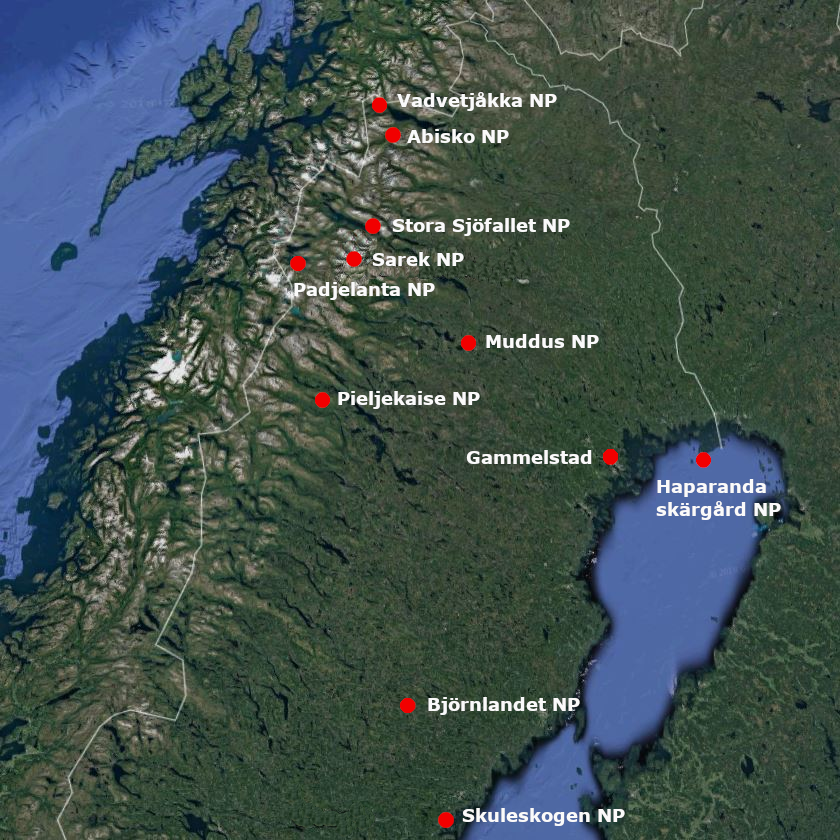
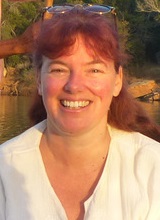
It would be great to hear from you!
You can reach me by sending me an Email.
Or leave a comment / reaction in the box below.
You can also follow me on Facebook: Sim1 around the World Blog
:-) Simone
-